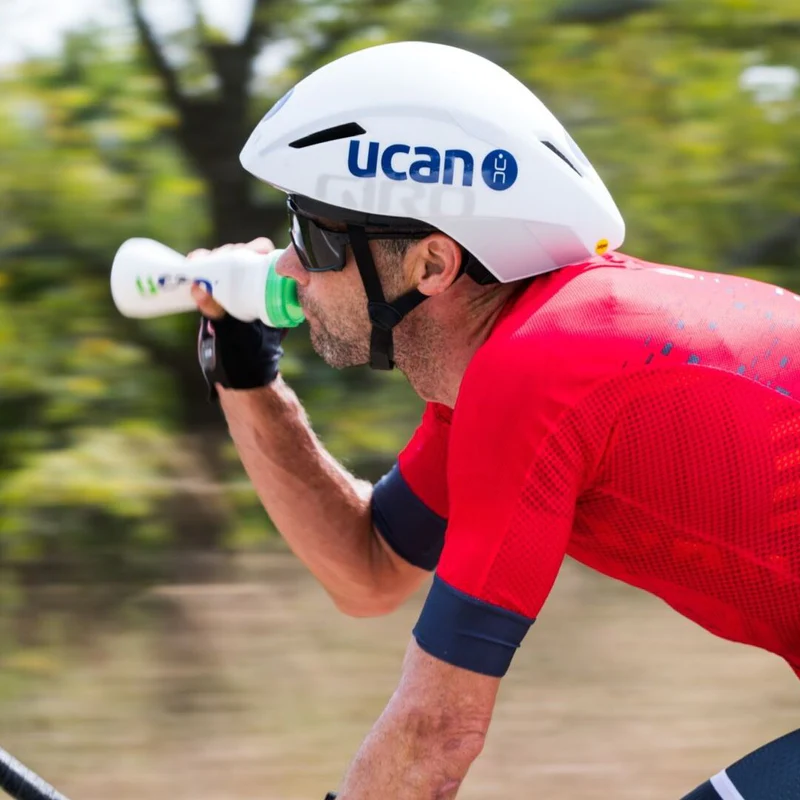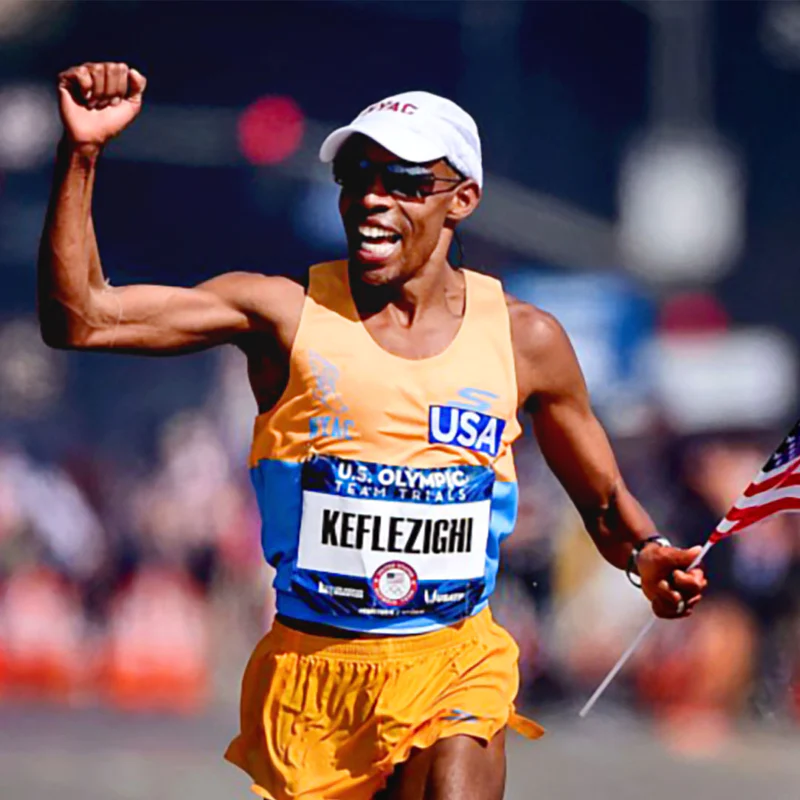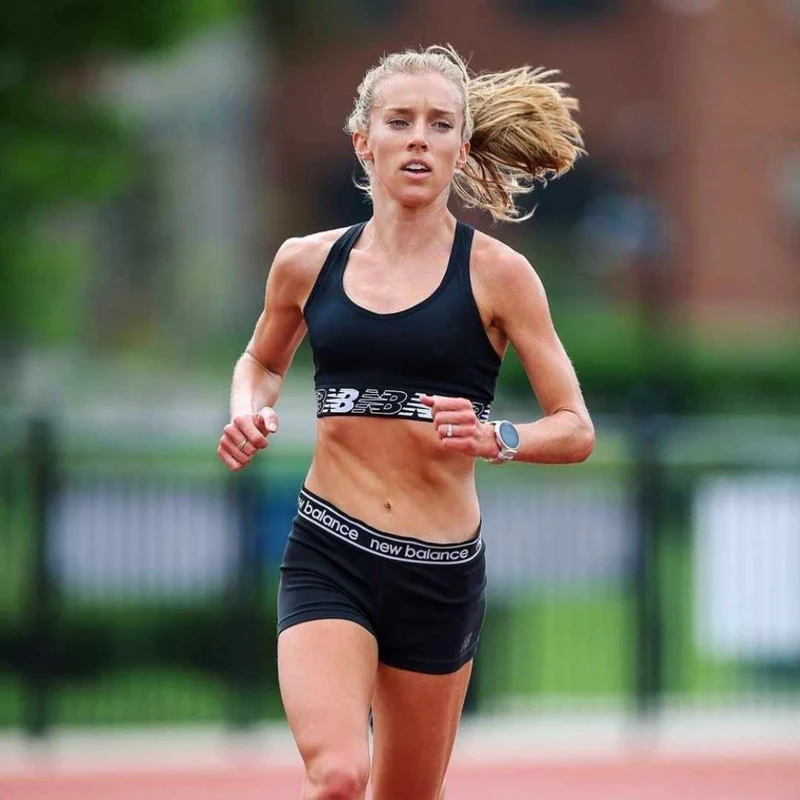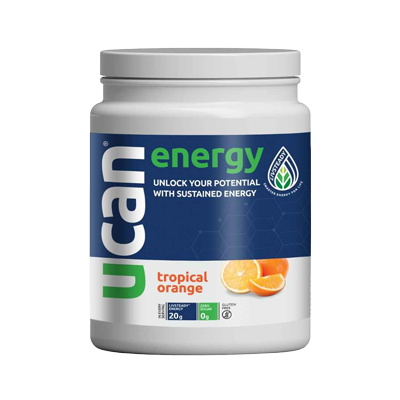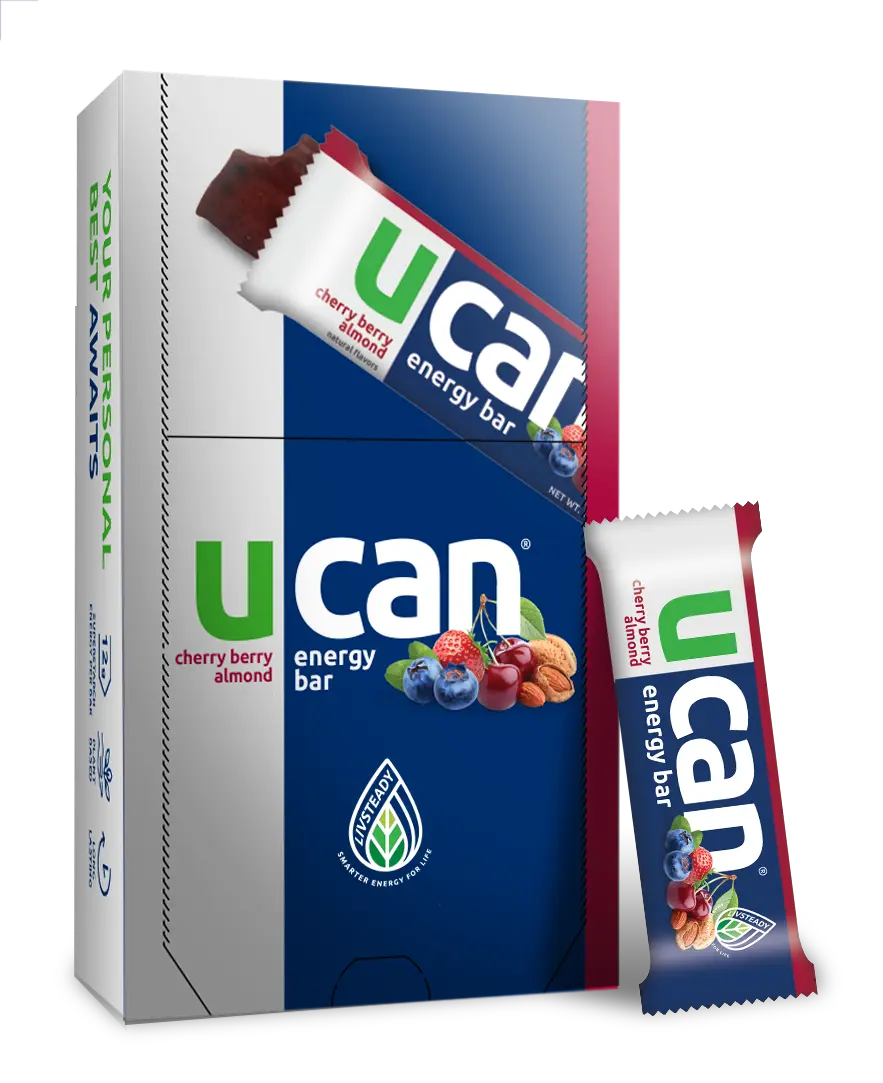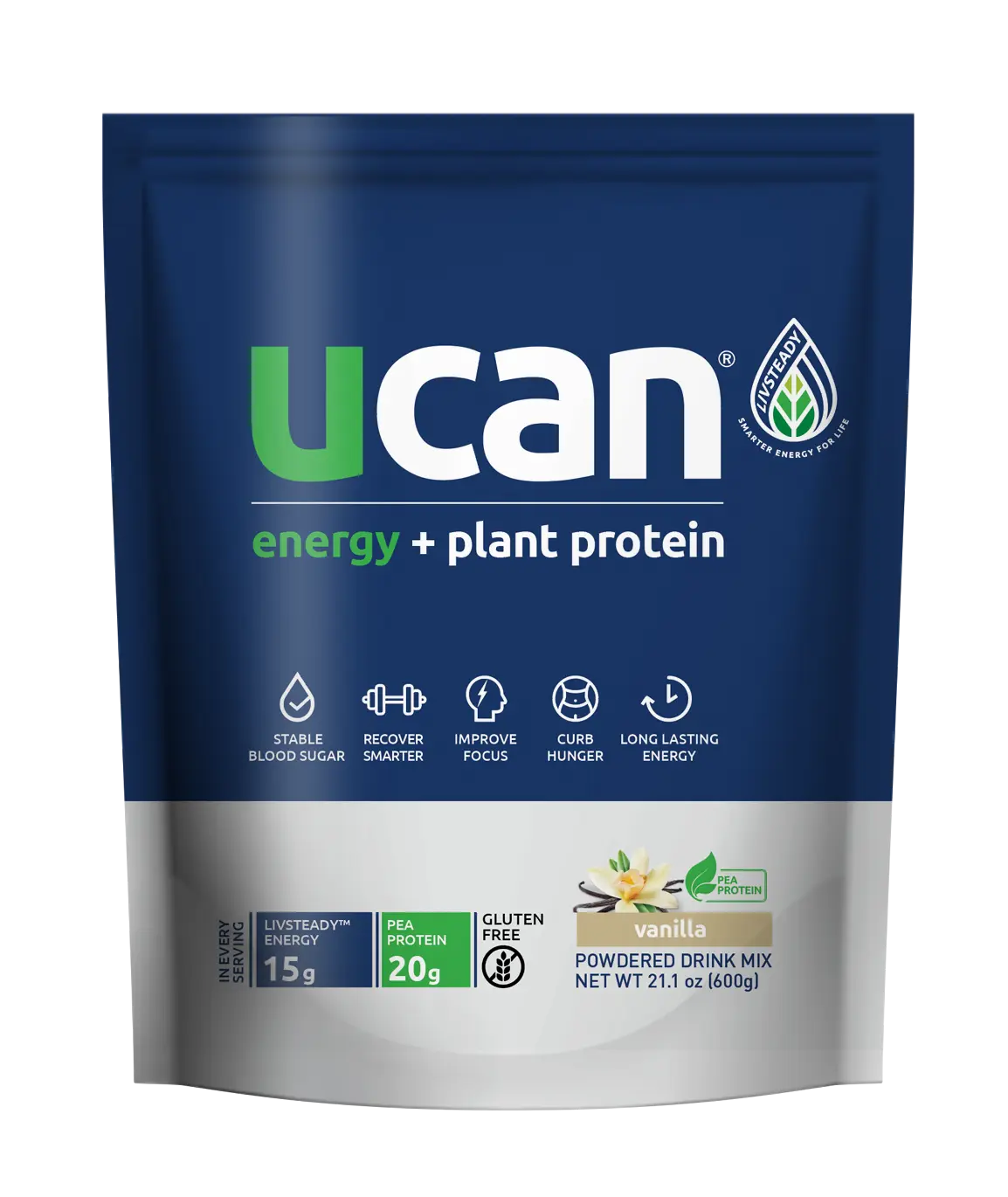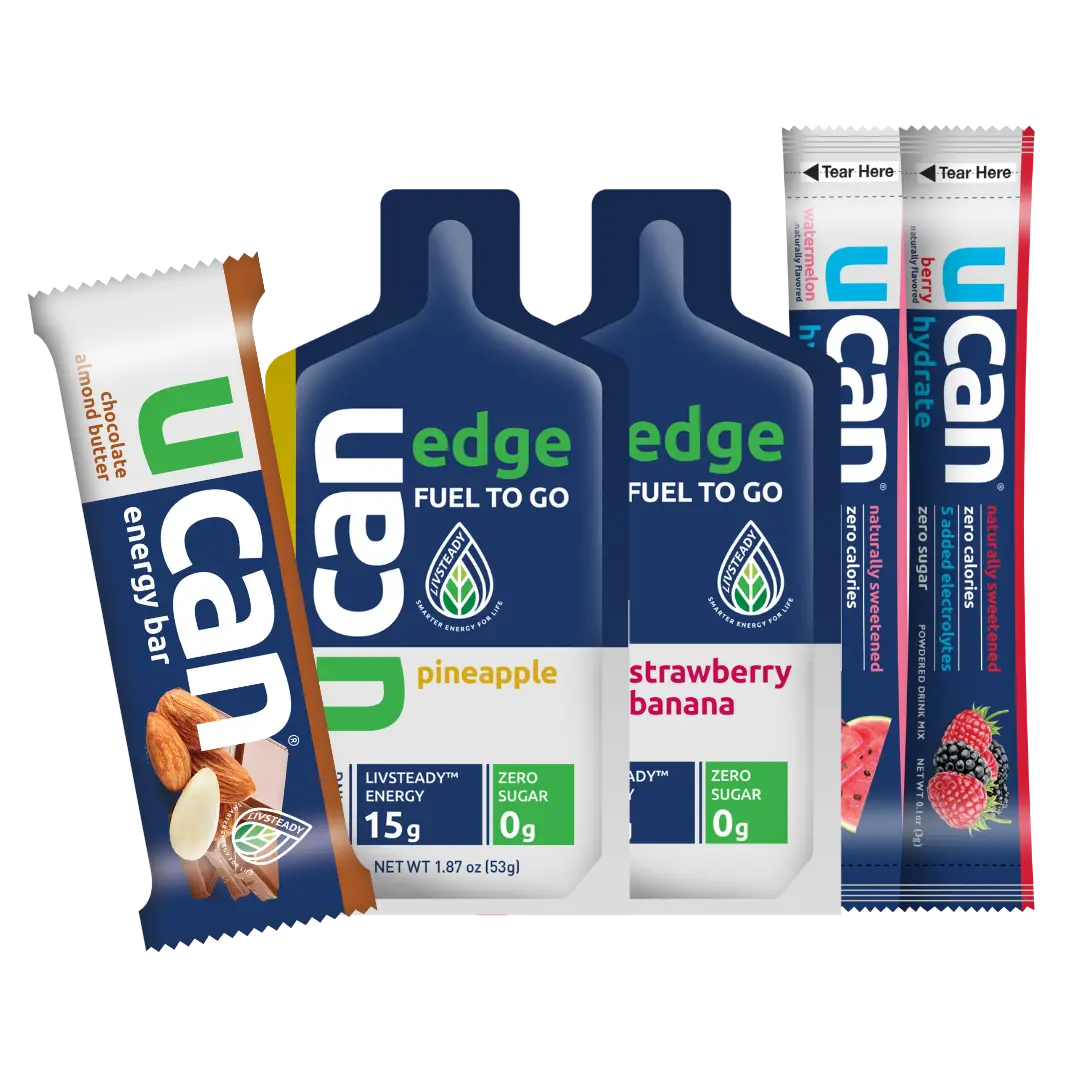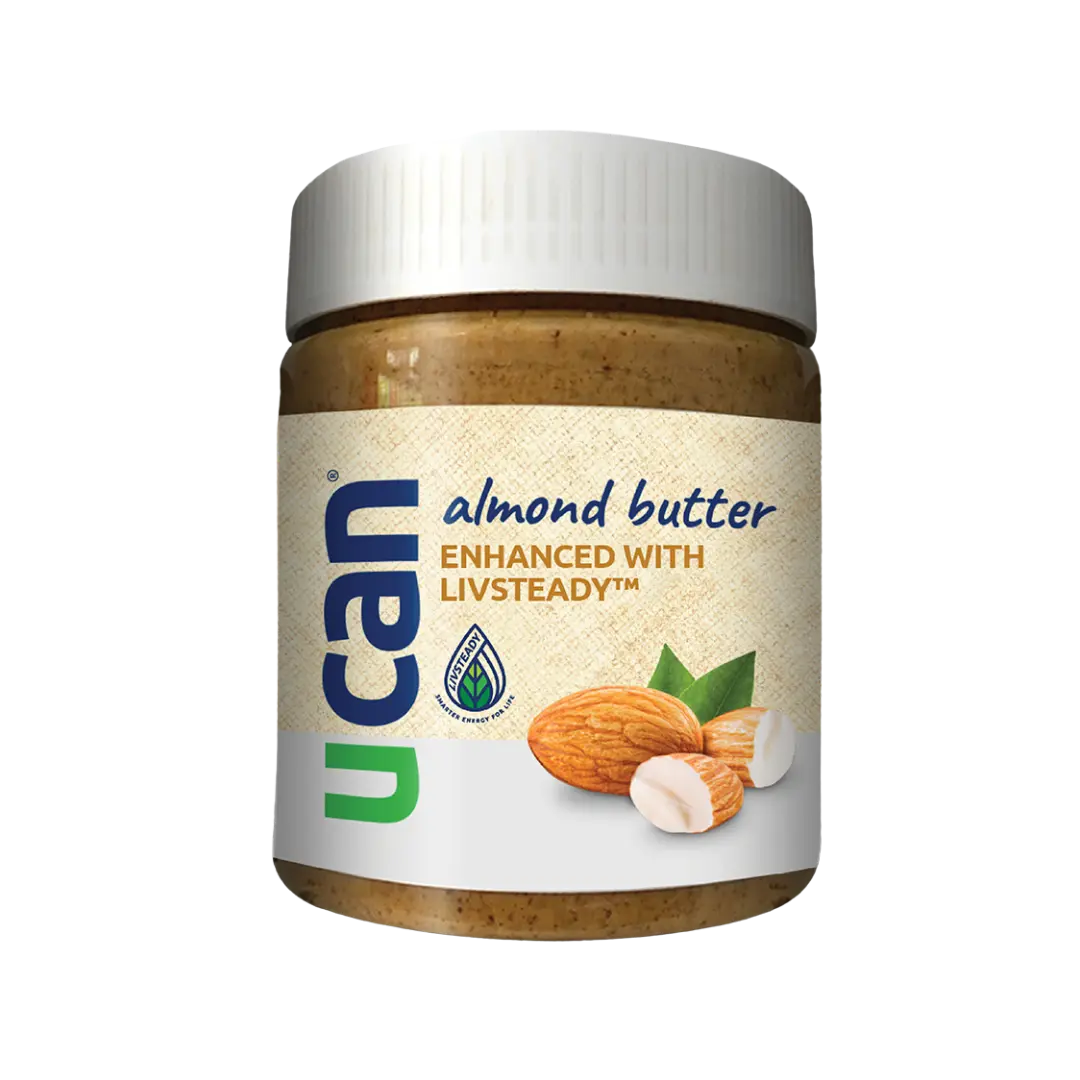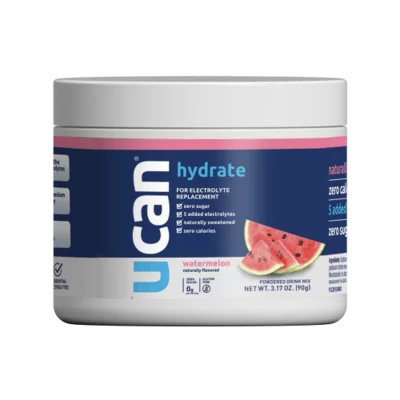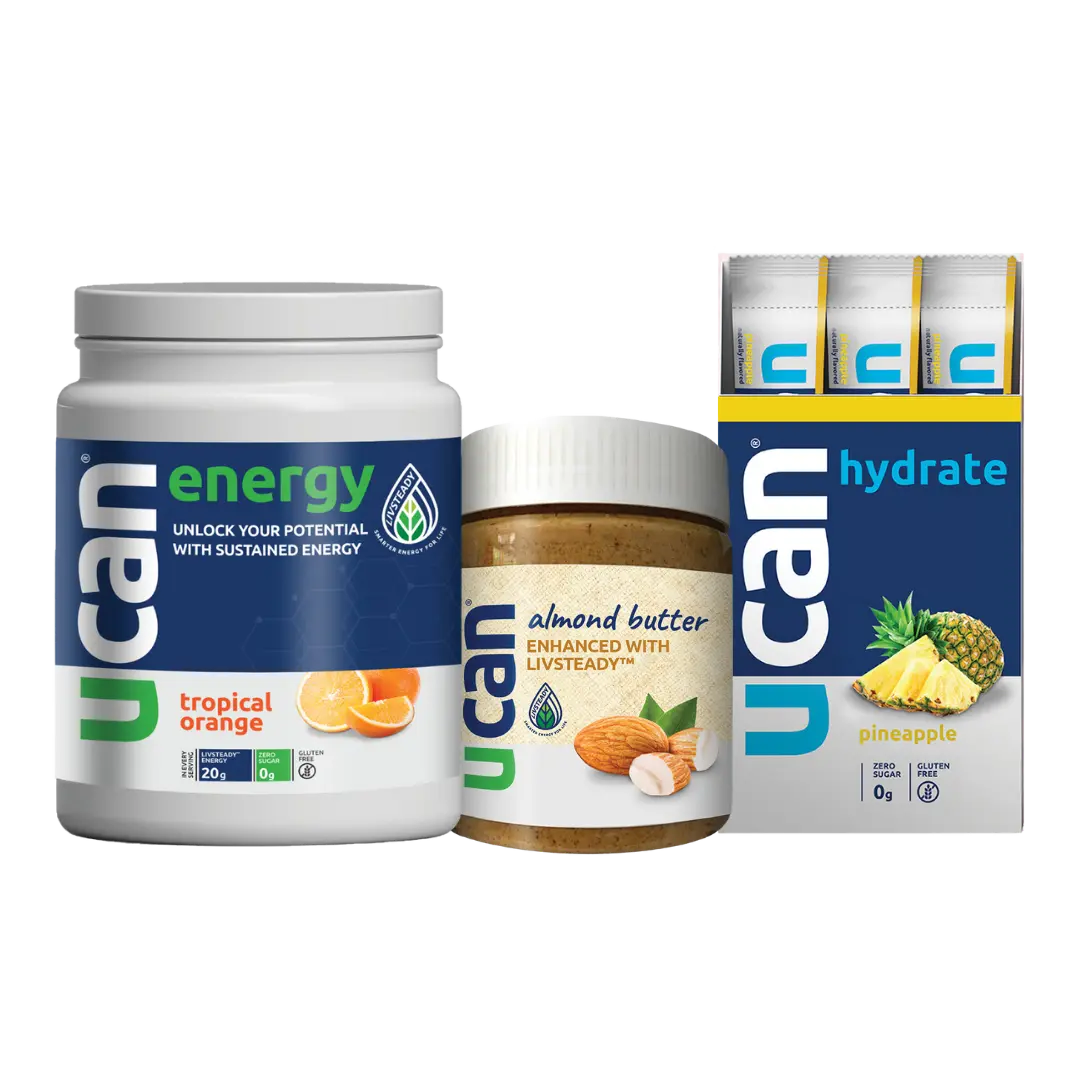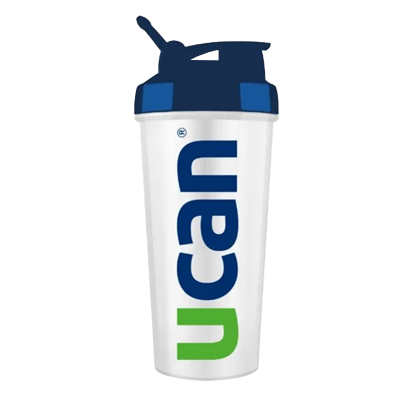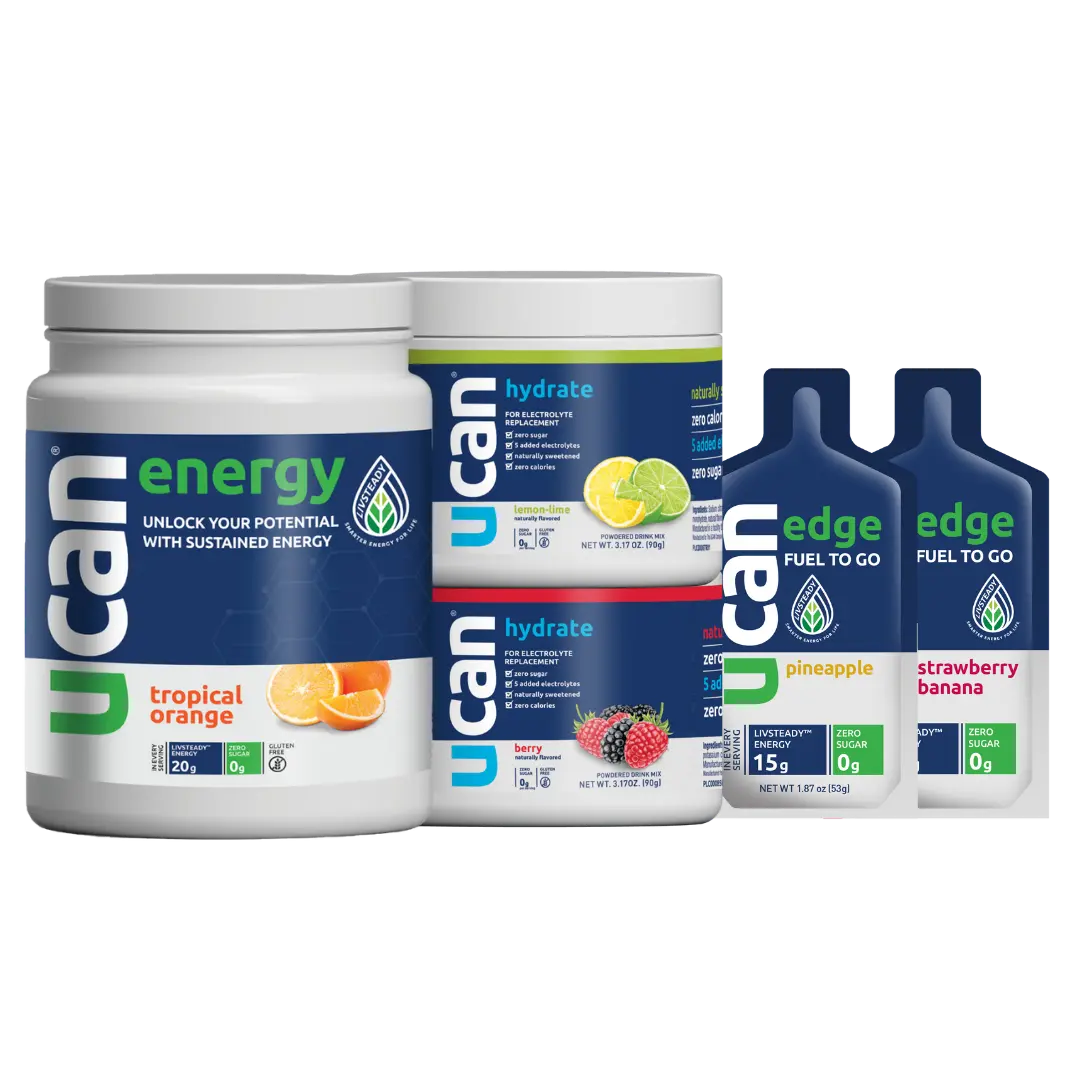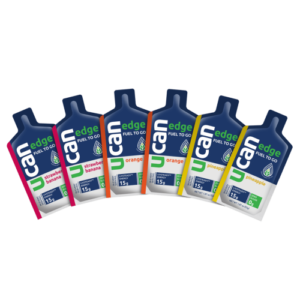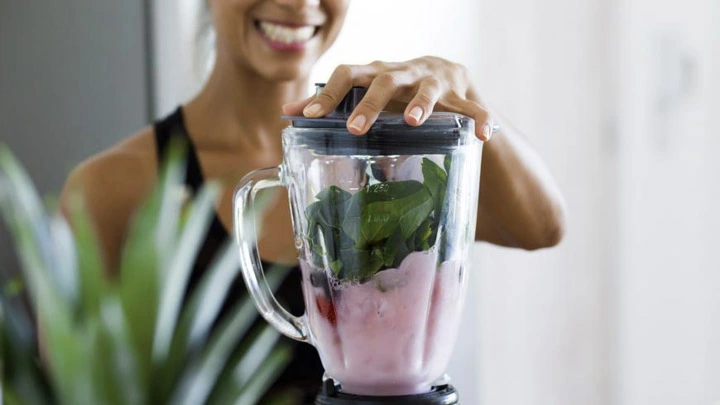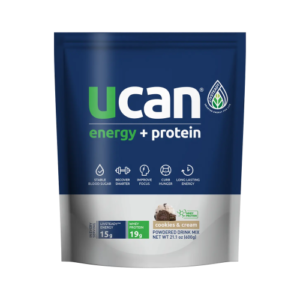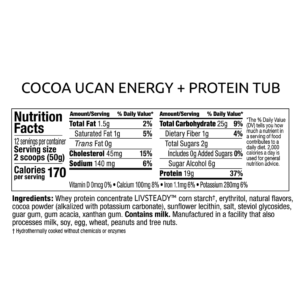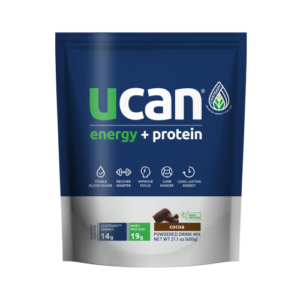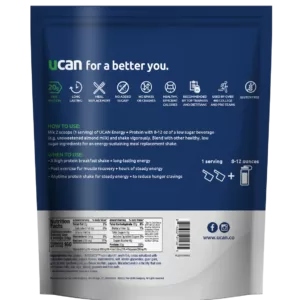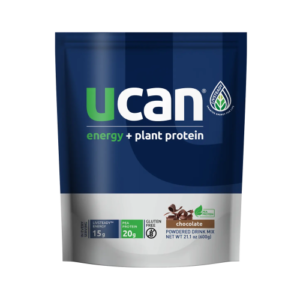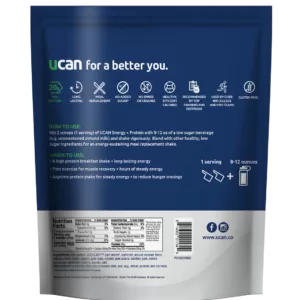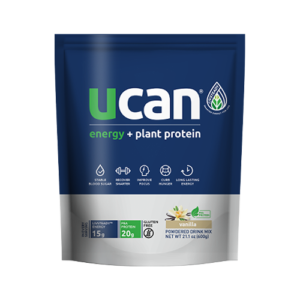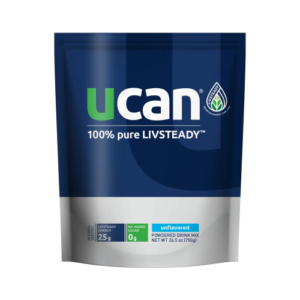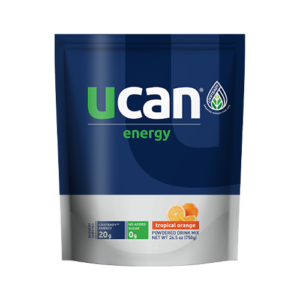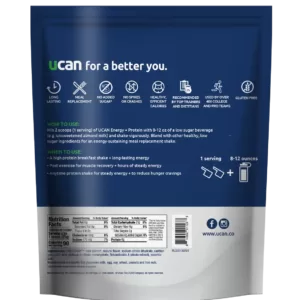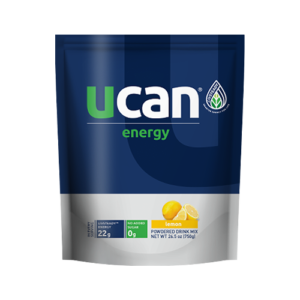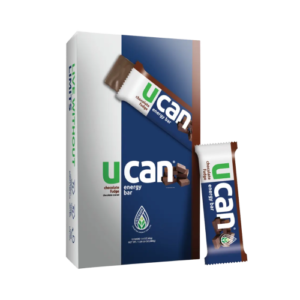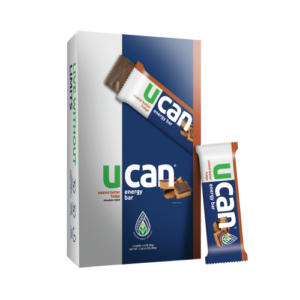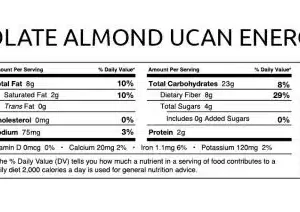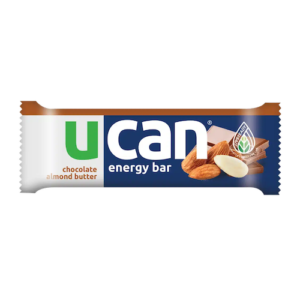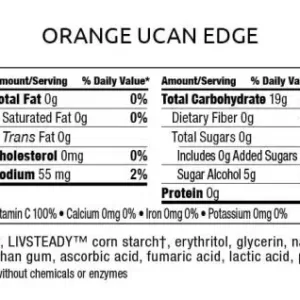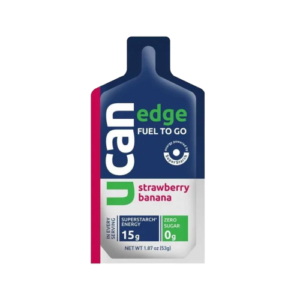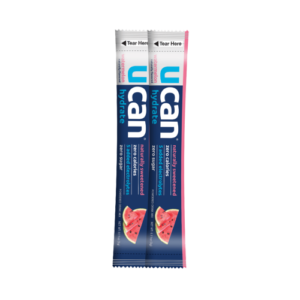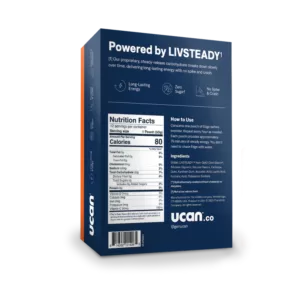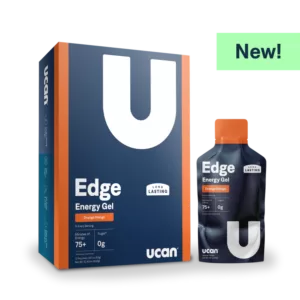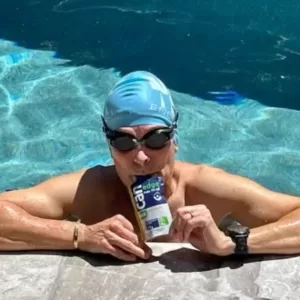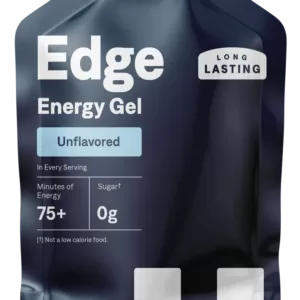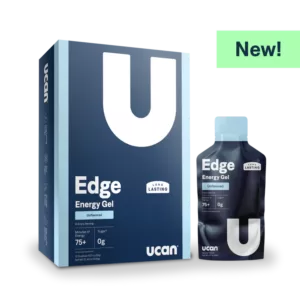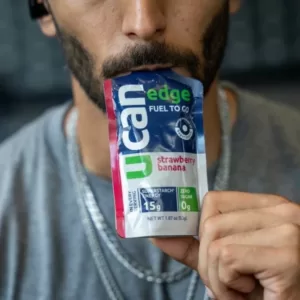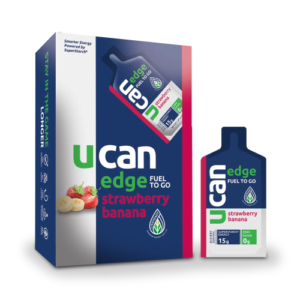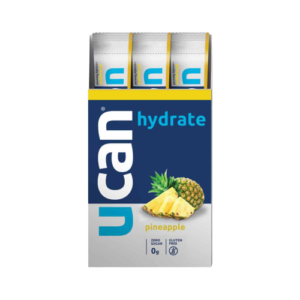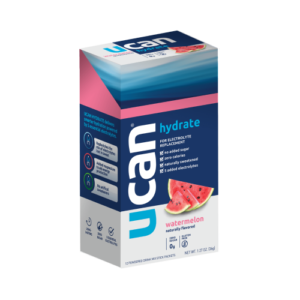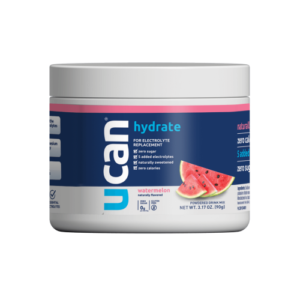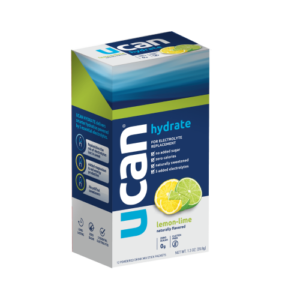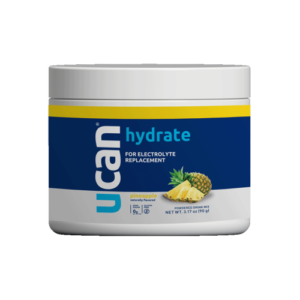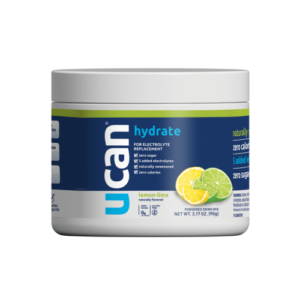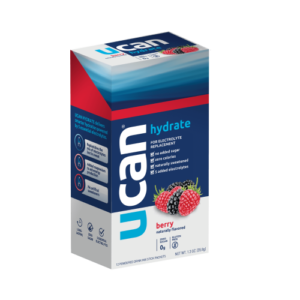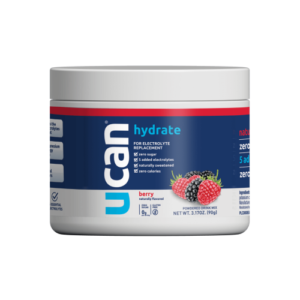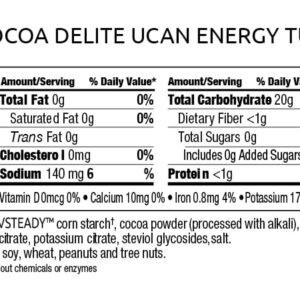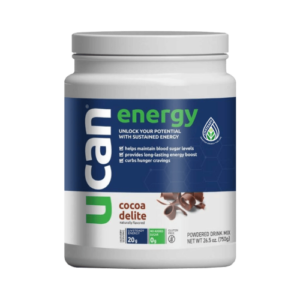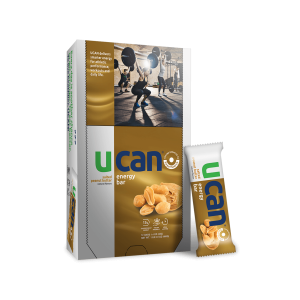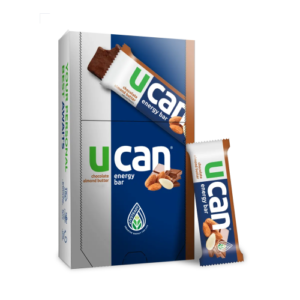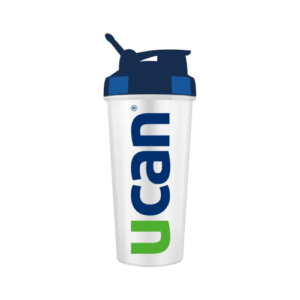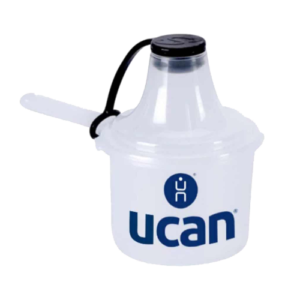New to UCAN? Need a recommendation?
Try the training starter pack
Official reseller in Australia, New Zealand & South Asia
Free Shipping above 200 AUD
- Livsteadytm
- How to use ?
- Shop
New to UCAN?
- Energy Lab
- Contact us
0
$ 0.00
0
Shopping cart (0)
Subtotal: $ 0.00
We offer free shippingfor all orders
$200+ (5-days standard)**all prices mentioned are in AUD
New to UCAN? Need a recommendation?
Try the training starter pack
Official reseller in Australia, New Zealand & South Asia
Free Shipping above 200 AUD
- Livsteadytm
- How to use ?
- Shop
New to UCAN?
- Energy Lab
- Contact us
Wishlist
0
0
$ 0.00
0
Shopping cart (0)
Subtotal: $ 0.00
We offer free shippingfor all orders
$200+ (5-days standard)**all prices mentioned are in AUD
Shop
Show
Cookies & Cream Energy + Protein Powder Tub (12 Servings)
Rated 5.00 out of 5
$ 106.40 inc. GSTAdd to cart
Chocolate Energy + Plant Protein Powder Tub (12 Servings)
Rated 5.00 out of 5
$ 106.40 inc. GSTAdd to cart
Vanilla Energy + Plant Protein Powder Tub (12 Servings)
Rated 0 out of 5
$ 106.40 inc. GSTAdd to cart
Single Energy Bars Energy
Rated 0 out of 5
$ 5.08 inc. GSTSelect options
This product has multiple variants. The options may be chosen on the product pageStrawberry Banana Edge Energy (Box of 12) Best Energy Booster
Rated 0 out of 5
$ 68.70 inc. GSTAdd to cart
Pineapple Hydrate Electrolyte Packets (12 per box) Sugar free
Rated 0 out of 5
$ 26.00 inc. GSTAdd to cart
Watermelon Hydrate Electrolyte Powder Drink (12 per Box) Sugar free
Rated 5.00 out of 5
$ 26.00 inc. GSTAdd to cart
Watermelon Hydrate Electrolyte Powder Drink (Jar) Sugar free
Rated 5.00 out of 5
$ 52.50 inc. GSTAdd to cart
Lemon-Lime Hydrate Electrolyte Powder Drink (12 per Box) Sugar free
Rated 0 out of 5
$ 26.00 inc. GSTAdd to cart
Pineapple Hydrate Electrolyte Powder Drink (Jar) Sugar free
Rated 0 out of 5
$ 52.50 inc. GSTAdd to cart
Lemon-Lime Hydrate Electrolyte Powder Drink (Jar) Sugar free
Rated 5.00 out of 5
$ 52.50 inc. GSTAdd to cart
Berry Hydrate Electrolyte Powder Drink (12 per Box) Sugar Free
Rated 5.00 out of 5
$ 26.00 inc. GSTAdd to cart
Berry Hydrate Electrolyte Powder Drink (Jar) Sugar free
Rated 5.00 out of 5
$ 52.50 inc. GSTAdd to cart
Chocolate Almond Butter Energy Bars (Vegan) – Box Of 12
Rated 5.00 out of 5
$ 65.00 inc. GSTAdd to cart
Gift Card
Rated 0 out of 5
$ 25.00 – $ 200.00 inc. GSTSelect amount
This product has multiple variants. The options may be chosen on the product pageFilter Category
Filter by price
Product Status
Sort By Rating

Free Shipping
Get a free shipping on all orders over $200 (Australia)

Have a question?
Write us an e-mail: [email protected]

Express shipping
If you order before 12am, your package will be received within 2 days.

International shipping
We ship in South Asia, send us an e-mail: [email protected]







